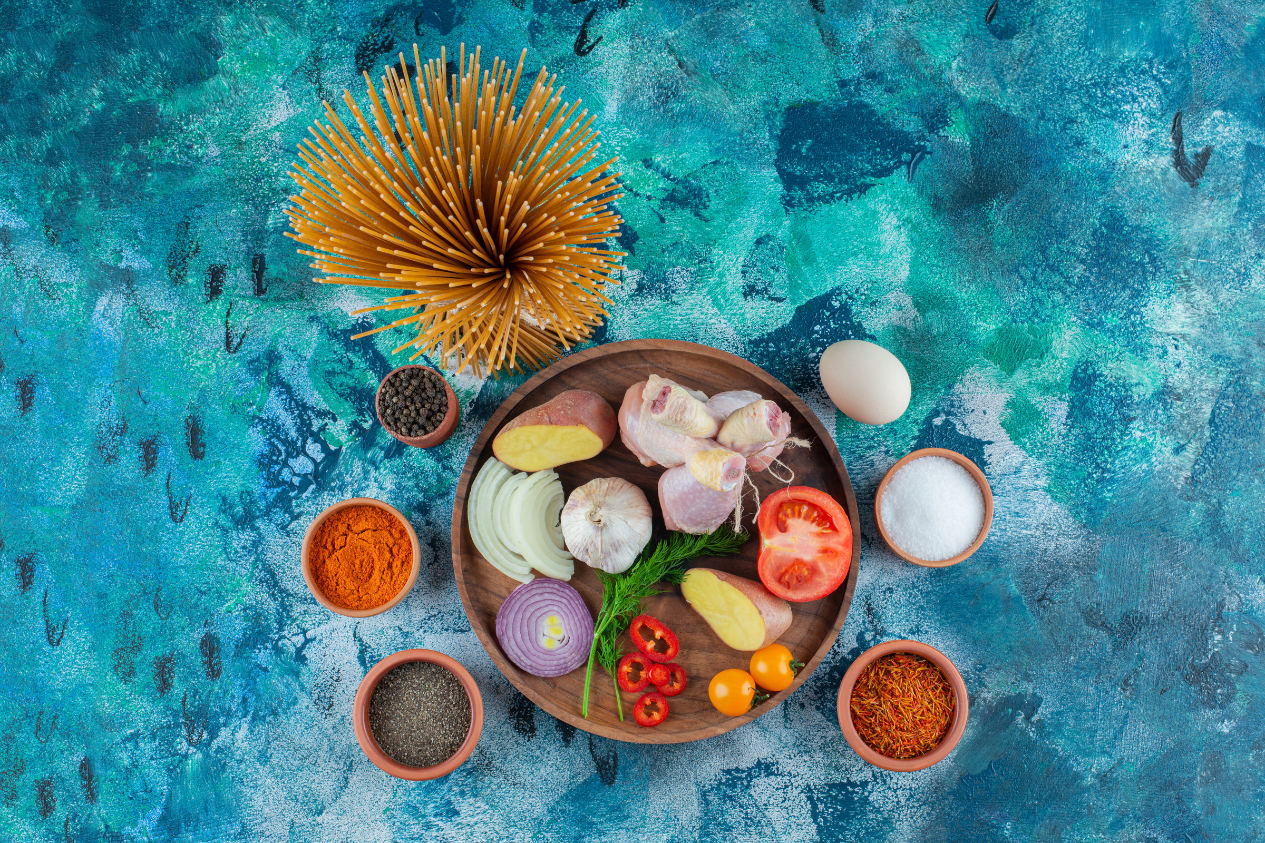
Sea Vegetables for Plant-Based Cooking: Superfoods You Must Try
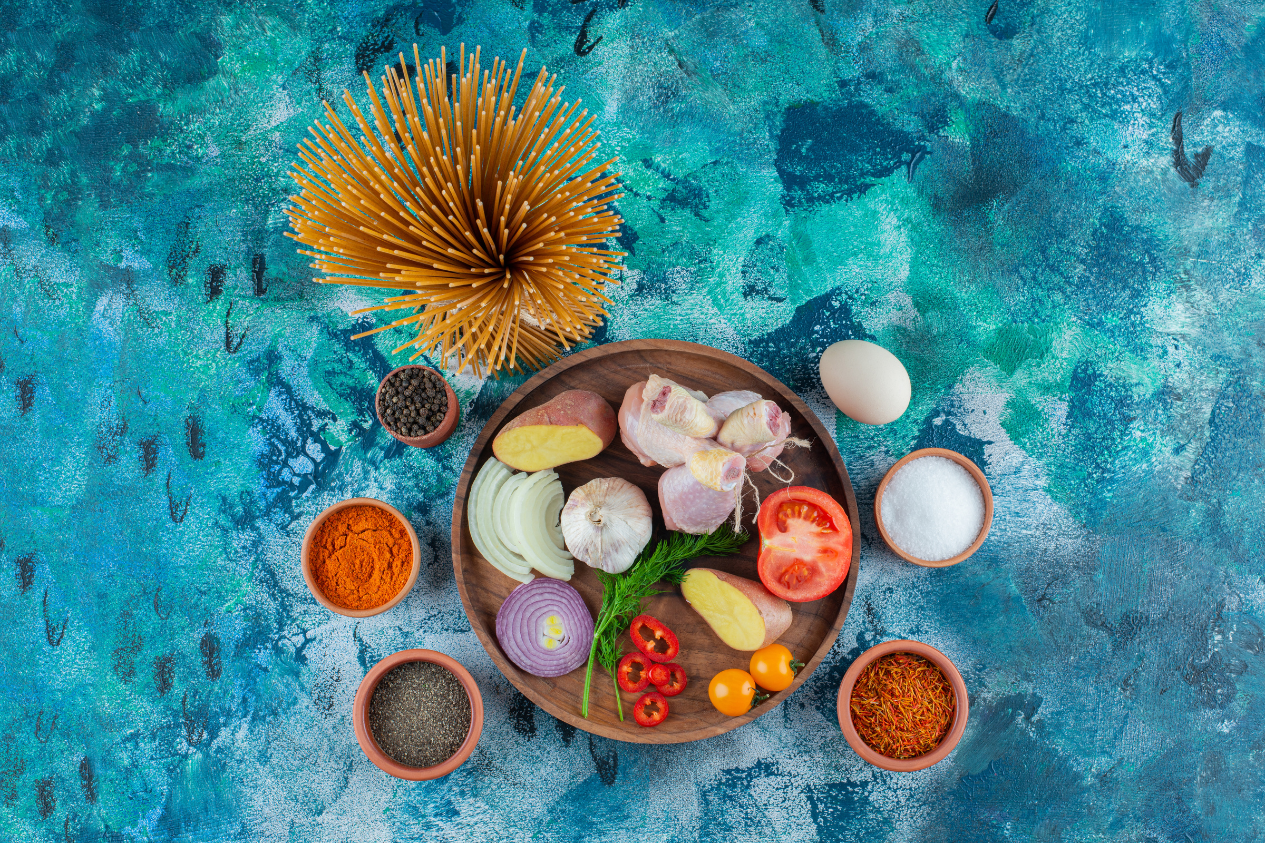
When one thinks of green vegetables on an Indian thali, the mind often goes to palak, methi, and lauki. But there is another group of greens that has slowly been catching on across the globe—sea vegetables. These edible plants from the ocean are filled with minerals, plant-based omegas-3 and antioxidants, and are therefore another superfood.
For Indian kitchens that are moving quickly to plant-based cooking, the use of sea vegetables is no longer exotic and imported. So, during National Nutrition Week, here we are to see how we make sea vegetable superfoods an everyday part of our plant-based diet in our Indian kitchens.
Why Sea Vegetables Fit in Indian Kitchens?
- Mineral Enrichment: Sea vegetables contain iodine, iron, calcium, and other trace minerals and nutrients typically lacking in vegetarians' diets.
- Plant-Based Omegas: Sea veggies are ideal for Indian families who are inclined towards vegan/vegetarian lifestyles.
- Umami for Indian Tarka Curries: Sea vegetables enhance flavours naturally, similarly to hing or roasted jeera.
- Sustainable Option: Sea veggies grow without soil, fertilisers, or freshwater— a great option for eco-conscious eaters.
1. Nori Masala Paratha
Ingredients for Nori Masala Paratha
- 2 cups whole wheat flour
- 2 roasted nori sheets, crumbled
- 1 tsp ajwain
- ½ tsp red chilli powder
- ½ tsp haldi
- 1 tsp kasuri methi
- Salt to taste
- Water for kneading
- Ghee or oil for roasting
Method for Nori Masala Paratha
- Mix wheat flour with crumbled nori sheets, ajwain, chilli powder, haldi, kasuri methi, and salt.
- Add water and knead into a soft dough. Rest for 15 minutes.
- Roll out into parathas. Roast on a hot tawa with ghee until golden.
- Pro Tip: Nori Masala Paratha tastes best with curd or green chutney.
2. Wakame Rasam
Ingredients for Wakame Rasam
- 2 tbsp tamarind pulp
- 2 tsp rasam powder
- 1 tbsp cooked toor dal (optional)
- 1 tbsp soaked wakame
- 1 tsp mustard seeds
- 1 dried red chilli
- Curry leaves, coriander leaves
- Salt to taste
Method for Wakame Rasam
- Soak wakame in warm water for 5 minutes.
- Boil tamarind pulp with water, rasam powder, salt, and dal.
- Add soaked wakame and simmer for 5 minutes.
- Temper with mustard, chilli, and curry leaves.
- Pro Tip: Wakame Rasam is a mineral-rich immunity booster.
3. Kombu Dal Tadka
Ingredients for Kombu Dal Tadka
- 1 cup toor dal or moong dal
- 1 small kombu strip
- ½ tsp turmeric
- 1 tsp cumin seeds
- 2 garlic cloves, chopped
- 1 dried red chilli
- 1 tbsp ghee or oil
- Salt to taste
Method for Kombu Dal Tadka
- Pressure cook dal with turmeric, water, and a kombu strip.
- Remove the kombu strip after cooking.
- Heat the ghee, add cumin, garlic, and chilli, then pour into the dal.
- Pro Tip: Kombu Dal Tadka makes dal creamier and easier to digest.
4. Dulse Chutney Podi
Ingredients for Dulse Chutney Podi
- ½ cup roasted chana dal
- ¼ cup urad dal
- 2 tbsp sesame seeds
- 2 tbsp dried dulse flakes
- 5–6 dried red chillies
- 1 tbsp jaggery
- Salt to taste
Method for Dulse Chutney Podi
- Dry roast dals, sesame, and chillies.
- Grind with dulse flakes, jaggery, and salt into coarse powder.
- Store airtight.
- Pro Tip: Sprinkle Dulse Chutney Podi on rice with ghee or over sabzis.
5. Sea Moss Vegan Kheer
Ingredients for Sea Moss Vegan Kheer
- ¼ cup sea moss gel
- 1 litre almond or coconut milk
- ½ cup soaked basmati rice
- ½ cup jaggery powder
- ½ tsp cardamom powder
- 1 tbsp chopped nuts and raisins
Method for Sea Moss Vegan Kheer
- Boil almond milk, add rice, and cook till soft.
- Stir in sea moss gel and jaggery.
- Add cardamom, garnish with nuts.
- Pro Tip: Sea Moss Vegan Kheer is creamy, festive, and plant-based.
6. Nori Paneer Tikka
Ingredients for Nori Paneer Tikka
- 200 g paneer cubes
- 2 roasted nori sheets, powdered
- 3 tbsp thick curd (or vegan curd)
- 1 tsp red chilli powder
- ½ tsp turmeric
- 1 tsp garam masala
- 1 tsp ginger-garlic paste
- 1 tbsp lemon juice
- Salt to taste
Method for Nori Paneer Tikka
- Mix curd, spices, lemon juice, and powdered nori into a marinade.
- Coat paneer cubes, refrigerate 30 minutes.
- Grill or pan-fry until golden.
- Pro Tip: Serve Nori Paneer Tikka with mint chutney.
7. Wakame Coconut Curry
Ingredients for Wakame Coconut Curry
- ½ cup soaked wakame, chopped
- 1 onion, sliced
- 2 tomatoes, pureed
- 1 cup coconut milk
- 2 tsp sambhar powder
- 1 tsp turmeric
- 2 green chillies
- 1 tsp mustard seeds, curry leaves
- 2 tbsp oil
Method for Wakame Coconut Curry
- Heat oil, temper mustard and curry leaves, and sauté onions.
- Add tomato puree, spices, and chillies. Cook till oil separates.
- Stir in wakame and coconut milk, simmer 10 minutes.
- Pro Tip: Wakame Coconut Curry pairs beautifully with appams or rice.
8. Kombu Tamarind Rice (Puliyodarai)
Ingredients for Kombu Tamarind Rice
- 1 cup tamarind pulp
- 1 kombu strip
- 2 tbsp sesame oil
- 2 tsp rasam powder
- 2 tsp jaggery
- Curry leaves, mustard seeds, red chillies
- 2 cups cooked rice
Method for Kombu Tamarind Rice
- Heat oil, temper mustard, chillies, and curry leaves.
- Add tamarind pulp, spices, jaggery, and kombu strip. Cook till thick.
- Discard kombu, mix paste into rice.
- Pro Tip: Kombu Tamarind Rice is tangy, travel-friendly, and nutritious.
9. Dulse Aloo Fry
Ingredients for Dulse Aloo Fry
- 3 medium potatoes, cubed
- 1 tbsp dulse flakes
- 1 tsp red chilli powder
- ½ tsp turmeric
- 1 tsp cumin seeds
- 2 tbsp oil
- Salt to taste
Method for Dulse Aloo Fry
- Heat oil, add cumin seeds.
- Toss in potatoes, turmeric, and salt, and cook until half-done.
- Add chilli powder and dulse flakes, fry till golden.
- Pro Tip: Dulse Aloo Fry is smoky, crispy, and a great side with rotis.
10. Sea Moss Laddoo
Ingredients for Sea Moss Laddoo
- 1 cup roasted ragi flour (or besan)
- ¼ cup sea moss gel
- ½ cup jaggery powder
- 3 tbsp coconut oil or ghee
- 1 tbsp chopped nuts
Method for Sea Moss Laddoo
- Roast flour in coconut oil till aromatic.
- Add jaggery powder, mix well.
- Stir in sea moss gel and nuts, roll laddoos warm.
- Pro Tip: Sea Moss Laddoo is a festive superfood sweet with minerals.
The future of plant-based cooking in India doesn't depend only on soy and millets. These amazing sea vegetables, as a sustainable and nutrient-rich food source, will become commonplace through creativity in Indian cooking, like palak and methi have become, in homes and styles of cooking across India!
These recipes show how easily sea vegetables can be incorporated into Indian homes and everyday cooking. These recipes show that Sea Vegetables, while often thought of as “foreign” or “difficult,” can become commonplace in our Indian kitchens. So, this National Nutrition Week, try something new, delicious and healthy.
Go ahead and download Foodism and share your special dish today!
Related Blogs

Fusion Thanksgiving: India-Inspired Global Feast
73 Views
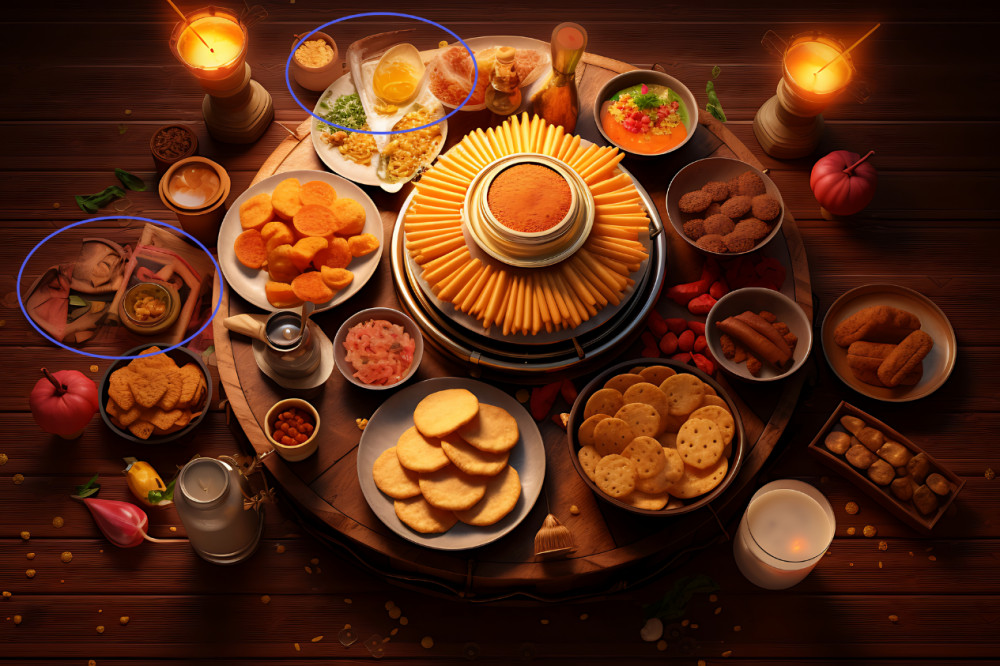
Food Offerings and Festive Plates of Kartik Purnima
167 Views
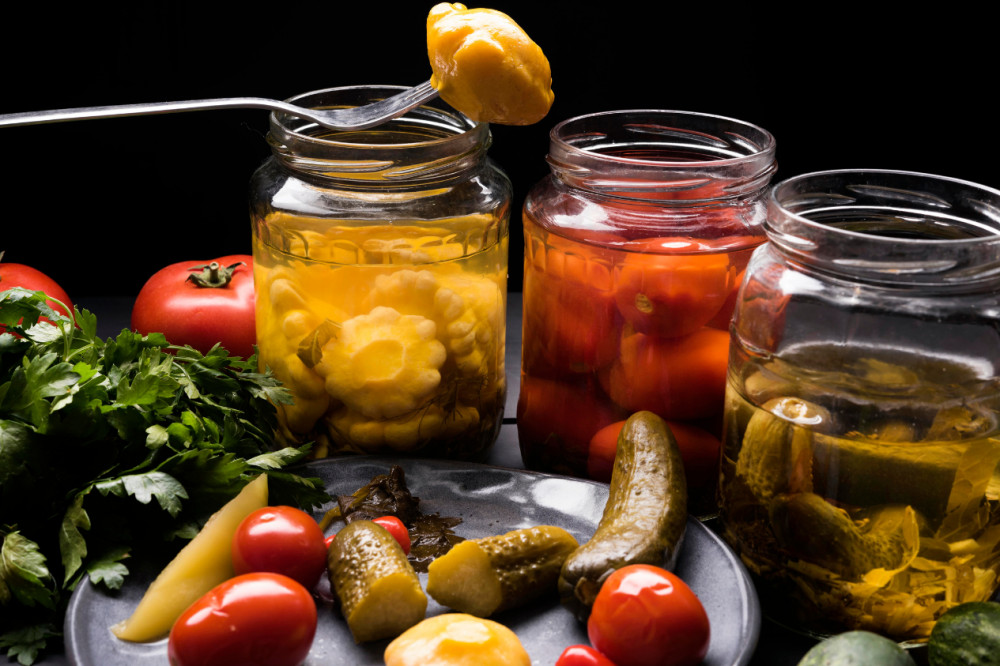
The Science of Ferment: Easy Homemade Fermented Foods
126 Views
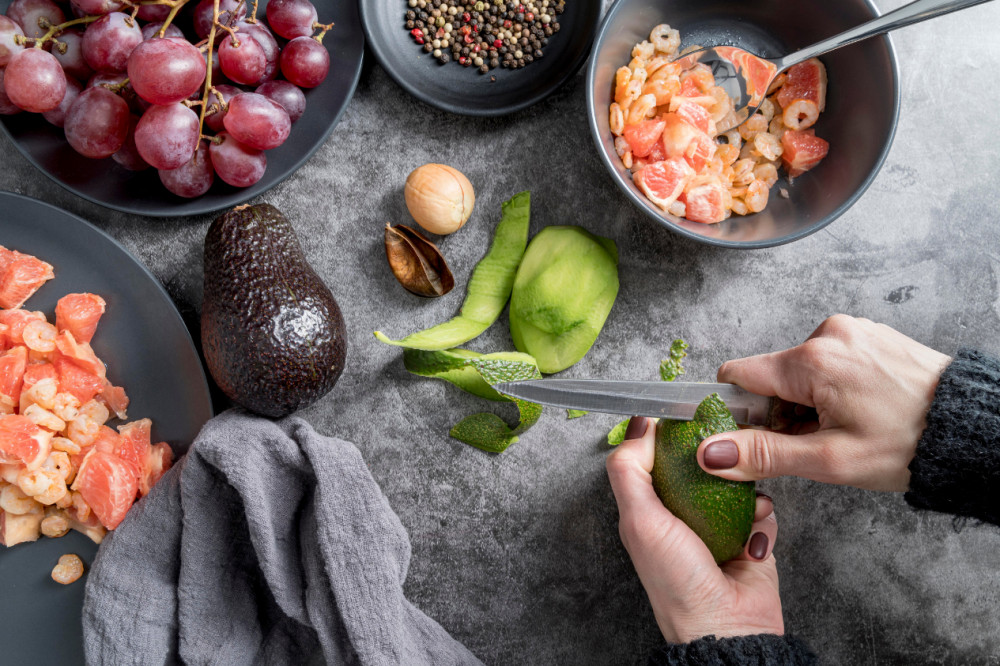
Zero-Waste Cooking: 7 Dishes That Use Every Bit
128 Views
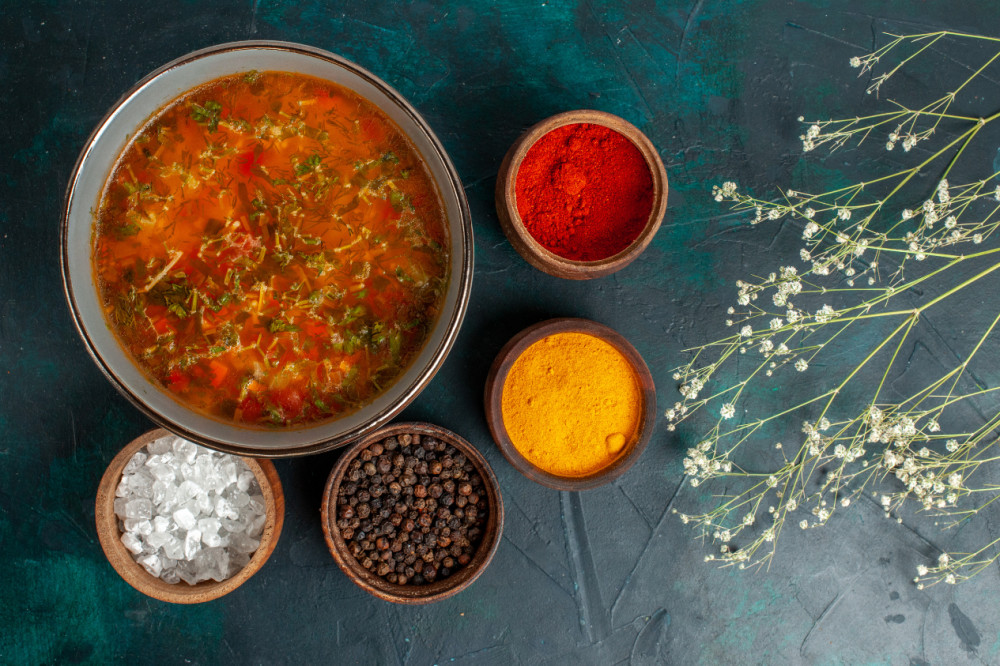
Warm Spices, Cold Valleys: Comfort Food from Kashmir
169 Views